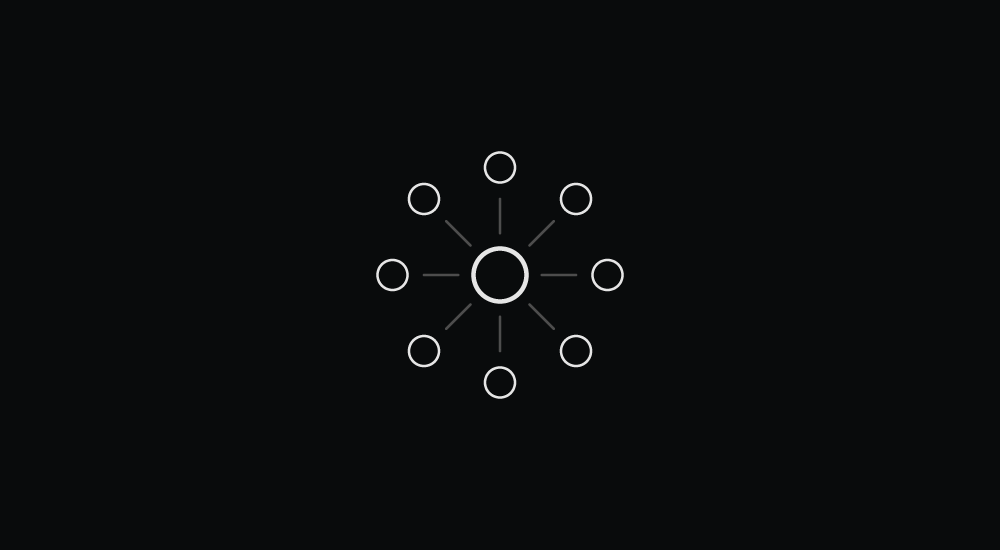Creative burnout can happen to anyone and is a common problem many artists and professionals face, especially if you're constantly creating or working in a creative field. Creative burnout can harm an artist's productivity, creativity, and overall well-being, so it's important to take steps to avoid it. Below are a few tips that have helped me in avoiding it and how you can too:

01. Take regular breaks
It's important to take frequent breaks, especially if you're working on a demanding project or have been working for an extended period. Taking short breaks throughout the day can help you recharge and return to your work with a fresh perspective and more energised.
My favourite tool to keep me accountable for taking quick breaks in a pomodoro style is Toggle - this lets me track my time in specific projects and tasks while working in 25-minute intervals followed by a 5-minute break.

02. Get Moving
This brings me to my second tip. It helps a tonne if you do some exercise, such as a brisk walk when you feel the effects of burnout can be a great way to relieve stress and improve your mood. Taking a quick walk away from my desk to get a glass of water or some air for those five minutes helps me stay focused for longer.

03. Find Balance
Aside from managing your time on your projects and work, maintaining a balance between work and personal life can help you avoid burnout. Make sure you're making time for yourself and the people you care about. This is where calendar mapping/planning works best. I do this every Sunday and create a daily plan every morning to ensure I get to spend my time where I want.

04. Set Realistic Goals
I like to set ambitious yearly goals, broken down into achievable quarterly goals, followed by breaking them into monthly tasks, weekly and then daily goals. This lets you be realistic about what you can achieve in a day and gives you the space to move around and explore different ideas. Goal setting takes some time to do, but it's worth it when you can see tangible milestones being ticked off toward your much larger goal.

05. Keep Exploring
Sometimes, we get stuck in a rut and feel uninspired. One way to combat this is by exploring new things and exposing yourself to new ideas, perspectives, and environments. This can help to reinvigorate your creativity. I love exploring different tools and avenues of business and changing my environment for various tasks as it provides me with enough separation to think of new ideas.
Remember that everyone is different and what works for one person might not work for another. It's important to experiment and find what works best for you. Also, remember that burnout is a process that takes time to recover from. I recently heard a Bruce Lee quote not too long ago that has stuck with me and guided my decisions when I feel I'm not making progress quickly enough - "Long-term consistency trumps short-term intensity." Be kind and patient with yourself.







